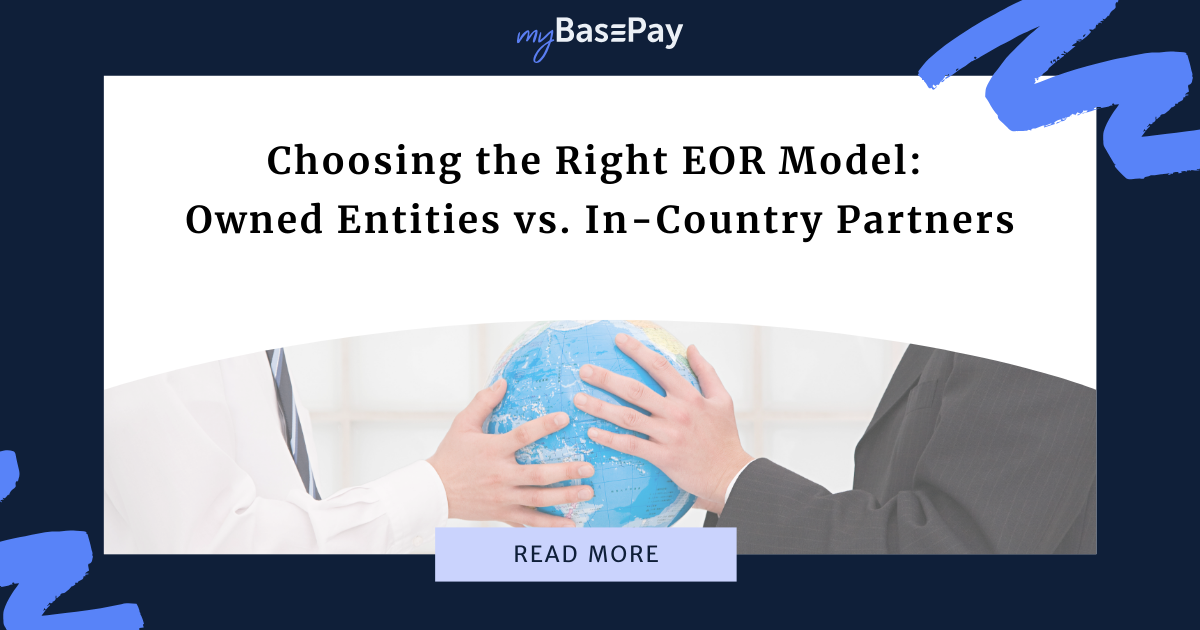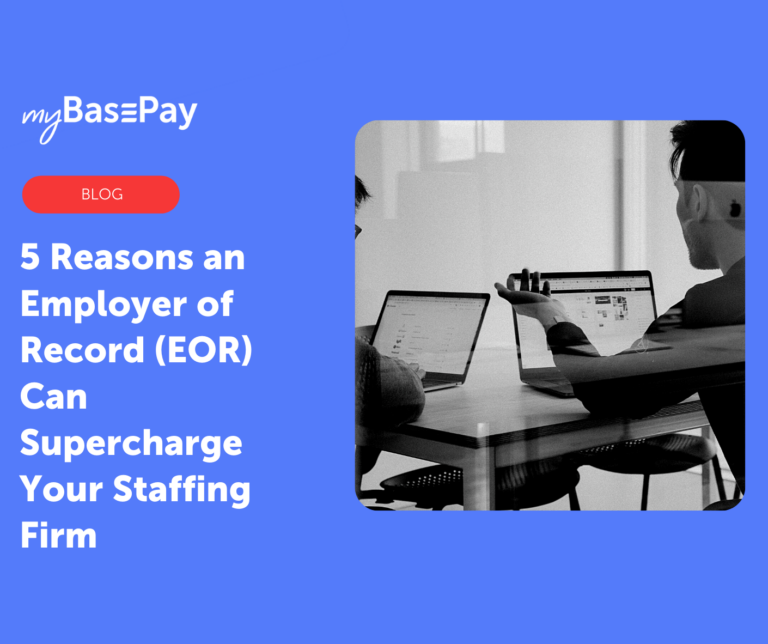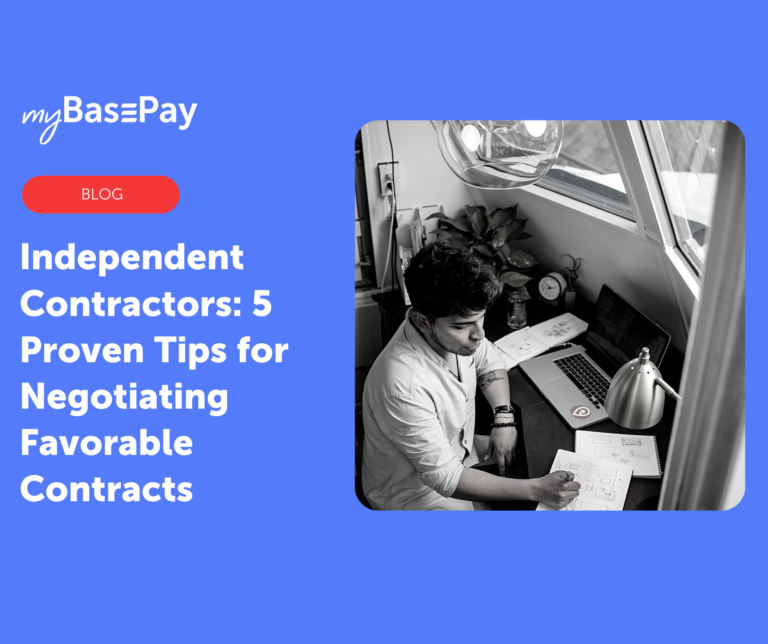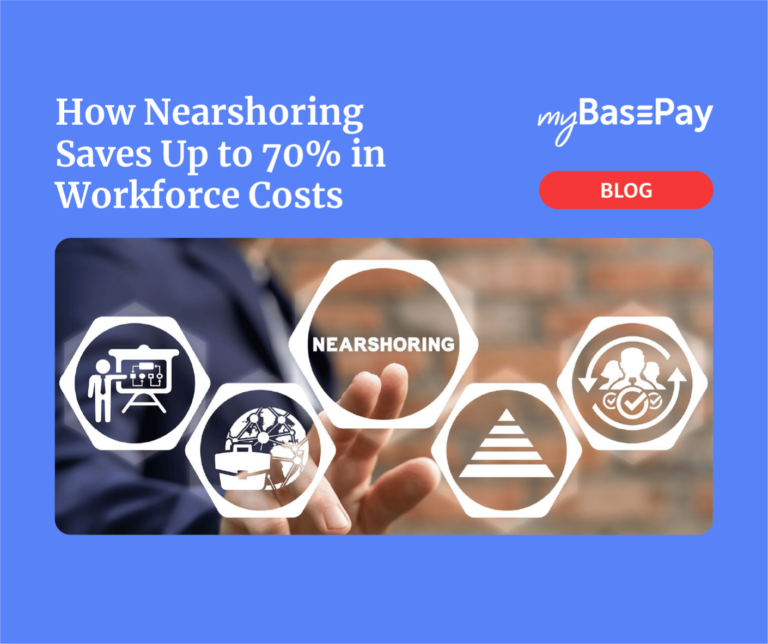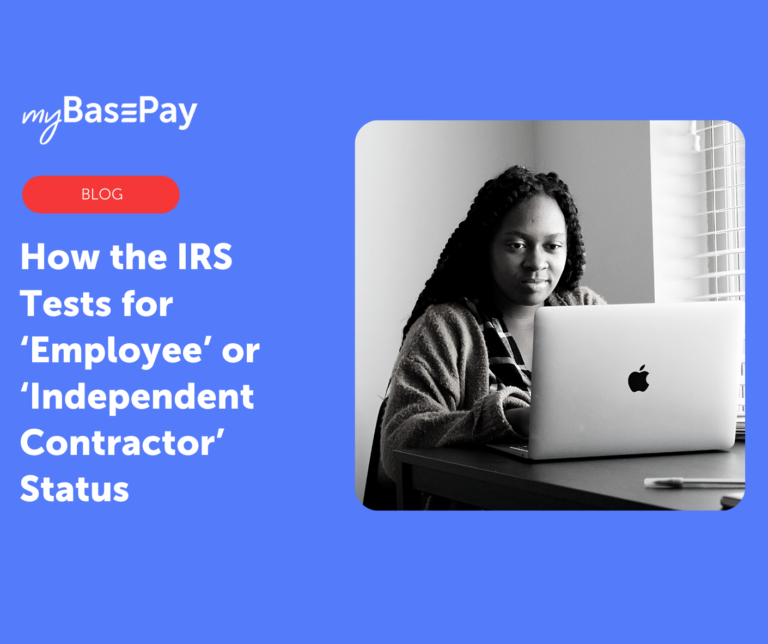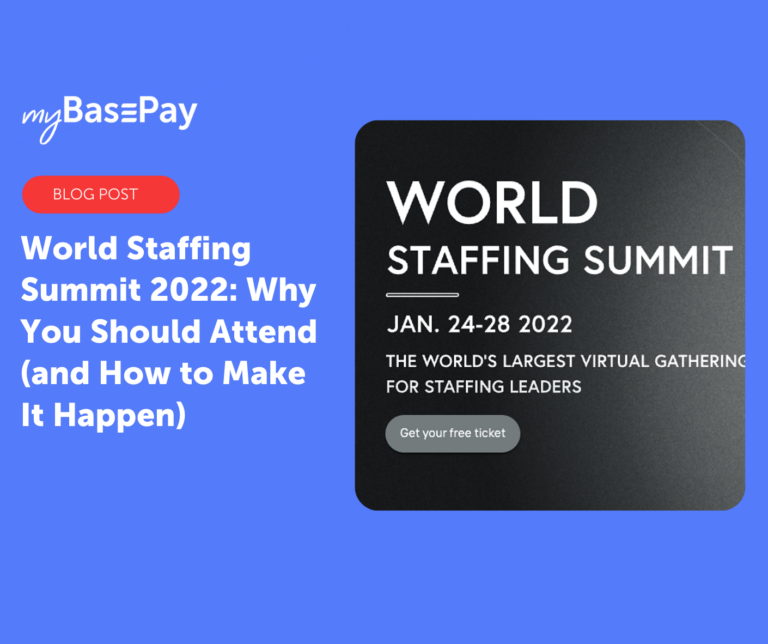Choosing the Right EOR Model: Owned Entities vs. In-Country Partners
Expanding globally is no longer just a competitive advantage, it’s becoming a necessity. But hiring internationally comes with complex compliance requirements, making Employer of Record (EOR) solutions an essential part of workforce expansion strategies.
Not all EORs operate the same way. While some own legal entities in the countries they serve, others partner with in-country providers to handle employment. Both models offer global hiring solutions, but which one is the right fit for your business?
At myBasePay, we help companies manage global workforce solutions, ensuring compliance and efficiency while minimizing risk. Let’s break down the key differences between these EOR models.
EORs with Owned Entities: Greater Control, Limited Reach
An EOR with owned entities directly operates in specific countries, meaning they hire talent under their own local legal structure. This approach offers more consistency, better control over compliance, and a streamlined employee experience.
Benefits of EORs with Owned Entities
- Stronger compliance oversight: Directly managing employment contracts and benefits ensures adherence to local labor laws.
- More predictable processes: With no third party intermediaries, companies experience fewer delays in hiring and onboarding.
- Improved employee experience: Standardized payroll, benefits, and support create a smoother workforce integration.
However, this model has limitations. Since the EOR must establish legal entities in each country, its coverage is limited to regions where it has already set up operations. Expanding into new markets can take time, restricting companies looking for rapid global growth.
EORs with In-Country Partners: Flexible & Scalable
EORs that work with in-country partners don’t own their own entities, instead, they partner with local providers to manage employment on behalf of clients. This approach enables businesses to hire in more countries without the legal and financial burden of setting up new entities.
Benefits of EORs with In-Country Partners
- Broader global coverage: Companies can access talent in more countries without waiting for entity expansion.
- Faster market entry: With established local partnerships, hiring and onboarding can happen more quickly.
- Lower overhead costs: Businesses don’t need to invest in setting up legal entities themselves.
The trade off? Less direct control. Because the EOR relies on third party partners, service quality and compliance standards may vary depending on the country and provider.
Which EOR Model is Right for You?
The choice between owned entities vs. in-country partners depends on your business goals:
- Need consistency, control, and long term stability? An EOR with owned entities might be the better fit.
- Looking for speed, flexibility, and wider market reach? An EOR with in-country partners can help you scale faster.
At myBasePay, we specialize in helping businesses expand their workforce while ensuring full compliance, no matter the hiring model. Whether you’re growing into a new market or managing a global team, we provide solutions that fit your needs.
Conclusion
Choosing the right EOR model is about balancing control with scalability. Understanding the advantages and limitations of each approach can help businesses make informed decisions that drive long term success.
